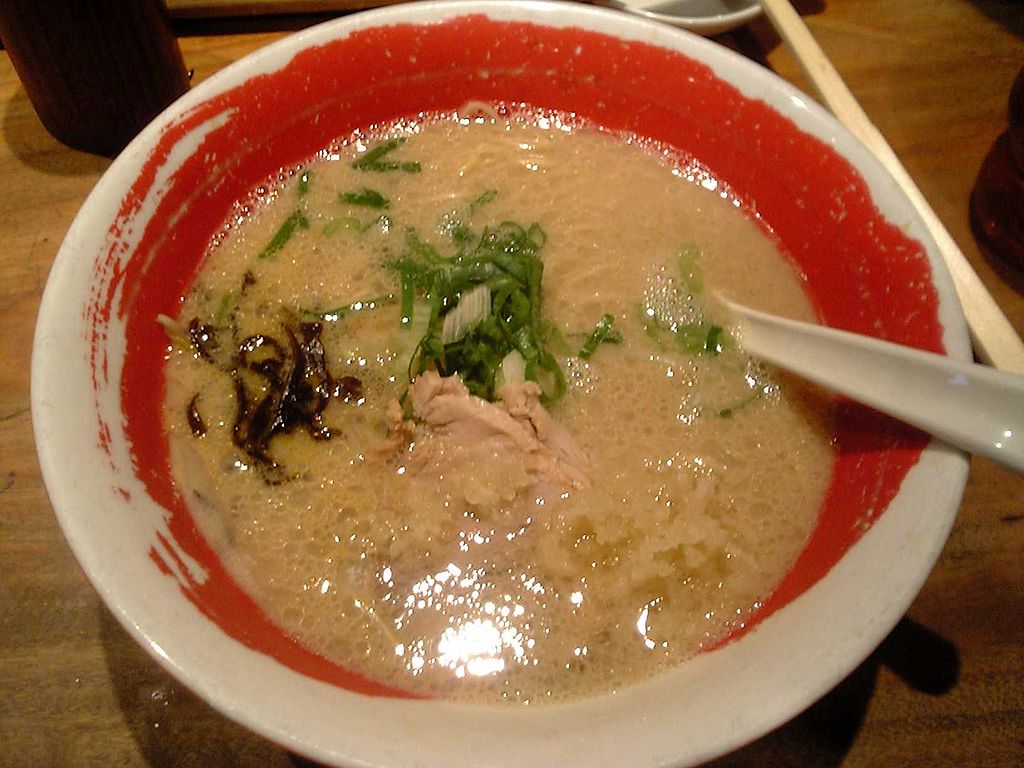Jan 15, 2022
Ramen 101: How and What to Order
Ramen is right up there with sushi for famous must-try Japanese cuisine. The idea of lush noodles bathing in a flavorsome bowl of broth is even more appealing during the cold winter months. So loved are ramen dishes in Japan that there are shops dedicated to ramen where you can order and enjoy a steaming hot bowl whenever the mood takes you.
With so many ramen varieties and elements to the dish to consider, ordering in-store can seem daunting to first-timers. But fear not, as it’s pretty straightforward once you know the basics and get the hang of the process. We will talk you through the different ramen options and explain how to place your order. Follow these steps, and we guarantee your ramen experience will be stress-free!
Using a store vending machine
Ramen stores in Japan generally fall into two categories: traditional restaurants where you place your order with staff and shops that use a ticketing system where you order on a vending machine and take your ticket to the counter. The vending machine system is becoming more popular due to its efficiency, and although it may appear confusing, it’s actually incredibly simple.
Machines are usually placed right near the store entrance and look like large coffee vending machines. Some of the more modern versions have touch panels and English-language options. But even if they don’t, most have clear pictures next to each dish to make it easy for non-natives.
All you have to do is make your choices, pay your bill and then take your ticket to the counter, where the chefs will prepare you a tasty concoction based on your preferences.
Choose your flavor
There are several different types of ramen broth, all originating from and popular in other parts of Japan. The primary flavors you will find are:
- Shio ramen is a light, salty broth typically made from chicken or vegetable stock and often flavored with seafood products such as bonito flakes.
- Shoyu ramen is a tangy brown broth flavored with soy sauce popular in the Kanto region. Various shoyu dishes involve ingredients such as chicken, pork, seafood, or boiled eggs.
- Miso ramen is a newer, thicker ramen variety made from bean paste. Originating in the Hokkaido region, the broth can be of different colors (such as white or red) and goes well with pork or sweetcorn.
- Tonkotsu ramen is made from pork bone stock. (tonkotsu means “pork bones” in Japanese) The bones are boiled for hours to create a creamy stock. Originating from Kyushu Island, this broth is popular with pork belly.
- Niboshi ramen – fish-based stock usually made using dried sardines.
Noodle and broth specifications
Noodle and broth are where you start to tailor your ramen bowl to suit your preferences. Using the vending system, this is often done at the counter after you hand in your ticket. The common choices are:
- Noodles – you will usually be offered options of either firm (katame), regular (futsu), or loose (yawarakame). Many places also have different noodle options varying in thickness ranging from futomen noodles (thick/fat) to chijiremen (medium/springy) to hosomen (thin/light).
- Broth – you can vary the thickness of your broth. Again, three options are standard: thick/creamy (koime), regular (futsu), and thin/watery (usume). Additionally, you may be asked about the oil content of the broth. You can choose between high (ome), regular (futsu), and low (sukuname).
At this point, you may also get to choose between a range of portion sizes.
Toppings, condiments, and sides
These are the finishing touches to your ramen dish. Toppings and sides are typically ordered at the counter, although the shop may include toppings if your initial vending machine selection consists of more detailed ramen dishes. Common toppings include:
- Meat – pork, chicken, chashu (pork belly), beef or bacon
- Seafood – scallops, crab, mussels, shrimps
- Vegetables – scallions, cabbage, corn, spinach, mushrooms, onions, carrots, bean sprouts, bamboo shoots
- Boiled eggs
- Seaweed
Sides typically include rice and gyoza (Japanese dumplings). Rice is sometimes a free extra. You can add condiments for free after you’ve collected your order. These generally include soy sauce, chili oil, vinegar, ginger, miso, garlic, and pickles.
Now it’s time to move on to the most crucial part of the ramen experience – sitting yourself down and enjoying what you’ve ordered!
By The original uploader was Hykw-a4 at Japanese Wikipedia (Transferred from ja.wikipedia to Commons.) [GFDL or CC-BY-SA-3.0], via Wikimedia Commons


About the author